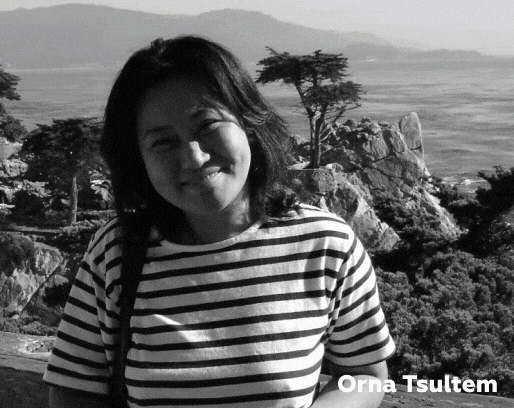- EN
- RU
Alter/Native realities of modern Mongolia
Some Things in a Space
Batzorig Mart
Batzorig Mart has often resorted to the language of road signs and maps in his paintings, placing them in various thought-provoking juxtapositions. In this exhibition, he presents two assemblages of paintings that incorporate collages, objet trouvé and superimposition.
He questions the visual form of road signs as semiotics of “observations along the road” that are created and placed to regulate urban traffic, and yet obtain other meanings in his paintings. Batzorig asks: “To what extent can countryfolk moving to the cities for a new mode of life be regulated by the semiotics of the signs? Why do the Mongol urban citizens, young and old, never stop seeking ways to return to the steppe?” He is primarily concerned with the complexity of urbanisation as a process that is layered with the persistent (and thus critical) urge and desire to have horses and a ger-based life in the steppe, even for people born in cities.
Yesterday
Munguntsetseg Lkhagvasuren
Time: my feet turn cold, my palms turn warm
Munguntsetseg Lkhagvasuren
Munguntsetseg Lkhagvasuren is a performance artist whose main ideas are based around the experience and questioning of time.
“My feet turn cold, my palms turn warm” is a recurring concept in her work which suggests the natural fleeting rhythm of time, the ever-moving now and human movements, and thereby spatial experience.
Her works explore this idea through two separate but related approaches: two-dimensional work of oil on canvas and a performance along a country road.”
Blue Awakening
Enkhbold Togmidshiirev
“Enkhbold Togmidshiirev, a performance artist, takes from the traditional architecture of the ger (yurt) in order to build his own mobile homes as a tool for the exploration of some big questions.
As he explains: “Everything in the ger’s structure connects with traditional spiritual customs and carries both functional and symbolic meanings; the ger also connects us inseparably with the surrounding landscape. Besides its mobility, it causes us to consider ideas of both human communication with nature and animals as well as human connections among themselves.” Thus, the ger connects with fundamental Mongolian concepts and views of universe.
In his performance with the self-built mobile home featured in this video, Enkhbold aims to “reflect on the spaces in, outside or with the ger,” taking the centre of his ger “like an image of the world’s centre. My performance triggers a deep reflection through sounds, colors, movements and images. It is very important to me how people experience my works, even virtually, and in my performance the core idea is the exchange of energy through the experience.”
Alter/Native realities of modern Mongolia
In her study of traditional pastoral societies, such as in Mongolia, historian Li Narangoa has pointed out that such peoples have developed a “divided urbanism–pastoralism, in which both the new urban citizenry and the pastoral communities are under the complex rule of a new city-based elite, international institutions and the market.” This process of transformation—of traditions and cultural values, of modes of life and pastoral migrations—entails cultural adaptation and transformation which anthropologist Uradyn Bulag has called “alter/native modernity.” This exhibition of three Mongolian artists, accompanied by a curatorial commentary, explores such transformational changes through the lens of roads in rural and urban settings in Mongolia.
A large network of asphalt or concrete roads are built in the towns and cities, whereas rough, dirt-based roads are the usual pathways between rural locales. The three artists’ multidimensional works are visual responses and performance-based interactions with each type of road, aiming at critical thinking on alter/native practices associated with each. What is the agency of roads in urban–pastoral divide, for the communities whose lifestyles are inherently linked to nature, and for newly emerged environmental activism? These artists’ works, it is hoped, raise important questions and trigger new thoughts for each viewer.
Uranchimeg (Orna) Tsultem
